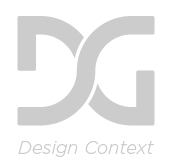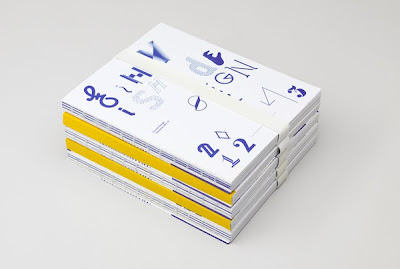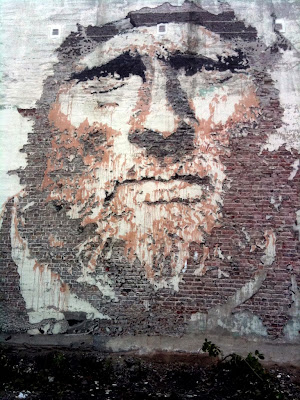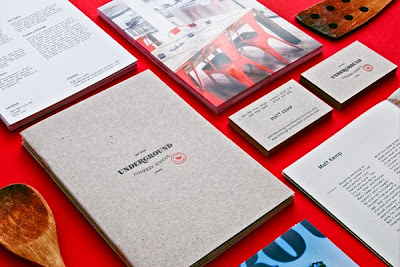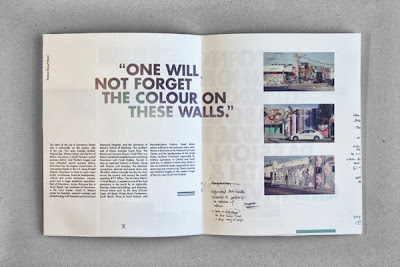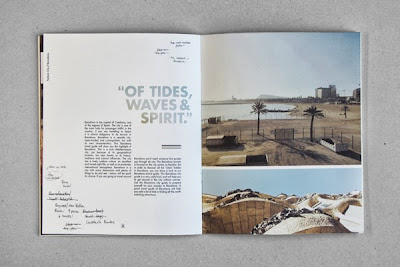We were recently given two lectures based around semiotics. The first lecture was a more basic introduction to semiotics and the second was more in depth. Shown below are my notes from the two lectures.
The simplest definition of Semiotics is 'the study of signs.' However this is a very brief description that by no means covers all the different areas within semiotics. A longer definition that we were given in one of the lectures was, 'Semiotics is the study of signs, sign processes, indication, designation, likeness, analogy, metaphor, symbolism, signification and communication.' This definition offers a much wider view on Semiotics and is more accurate than just 'the study of signs.'
In the second lecture we looked in more depth at Semiotics. We were taught about visual literacy, which is 'the ability to construct meaning from visual images and type.' As graphic designers this is an important skill to have. visual literacy is the idea that pictures can be read and as designers it is our job to produce these pictures.
Visual syntax is another area that we looked at. We were told that visual syntax is the visual organisation of elements such as image, framing, format, font, scale, colour, stroke, weight, shape, composition, layout, motion, light, rythm, space, depth, texture, text, words, tone, shade, line, mark, direction, editing, manipulation, simplification, emphasis, layering, heirarchy.
This definition didn't seem concise and even after the lecture I wasn't sure that I completely understood this concept. I looked at the meaning of the word 'syntax.' It is 'the arrangement of words and phrases to create well-formed sentences in language.' This helped me to better understand the idea of visual syntax. It is almost like the visual grammar of an image; if an element is in the wrong place, or non existent, then it can completely confuse the meaning of the imagery. The same way that if there is a word missing or put in the wrong place in a sentence, the sentence will lose its meaning. This theory really interested me and I looked more in depth at how to achieve good visual syntax. My research around this is shown on my PPP blog.
Another area we looked at was visual semantics. The semantics of an image refers to a cultural process of communication. It includes the relationship between form and meaning. I had a fairly basic understanding of this theory from the lecture but again I wanted to look at it in more depth. I watched a talk by Molly Holzschlag, an author, lecturer and web designer from the U.S, about visual semantics and this gave me a deeper understanding of the concept. The link to the video is shown below.
Visual Semantics includes the ideas that colour and shapes have meaning and communicate differently to different people depending on their culture. One of the example Holzschlag gives is that in America the colour green can denote money whereas in Australia this does not work as the money is not green but a huge variety of shades. This is only one example, she spends time talking through the meanings of colour and how even the shade of the colour can drastically change the connotations.
Another area we looked at was Visual Synecdoches. This term is applied when a part is used to represent a whole. For example the term 'all hands on deck' utilised a visual synecdoche. Referring to people as 'hands' trivialises the other aspects of that person, it focuses on the thing that is useful in the situation. In the same way we may refer to academics as 'brains.'
We also looked at Visual Metonyms and Visual Metaphors. A visual Metonym is a symbolic image used to reference something with a more literal meaning. For example a cross may be used to signify the church. A visual metaphor is similar to a metonym in many ways however there are some significant differences. When using a metaphor you substitute something that has similarities to the thing you are talking about for the thing itself. Whereas in a metonym you substitute something that is derived directly from the thing, such as an effect or cause of it, for the thing itself.
